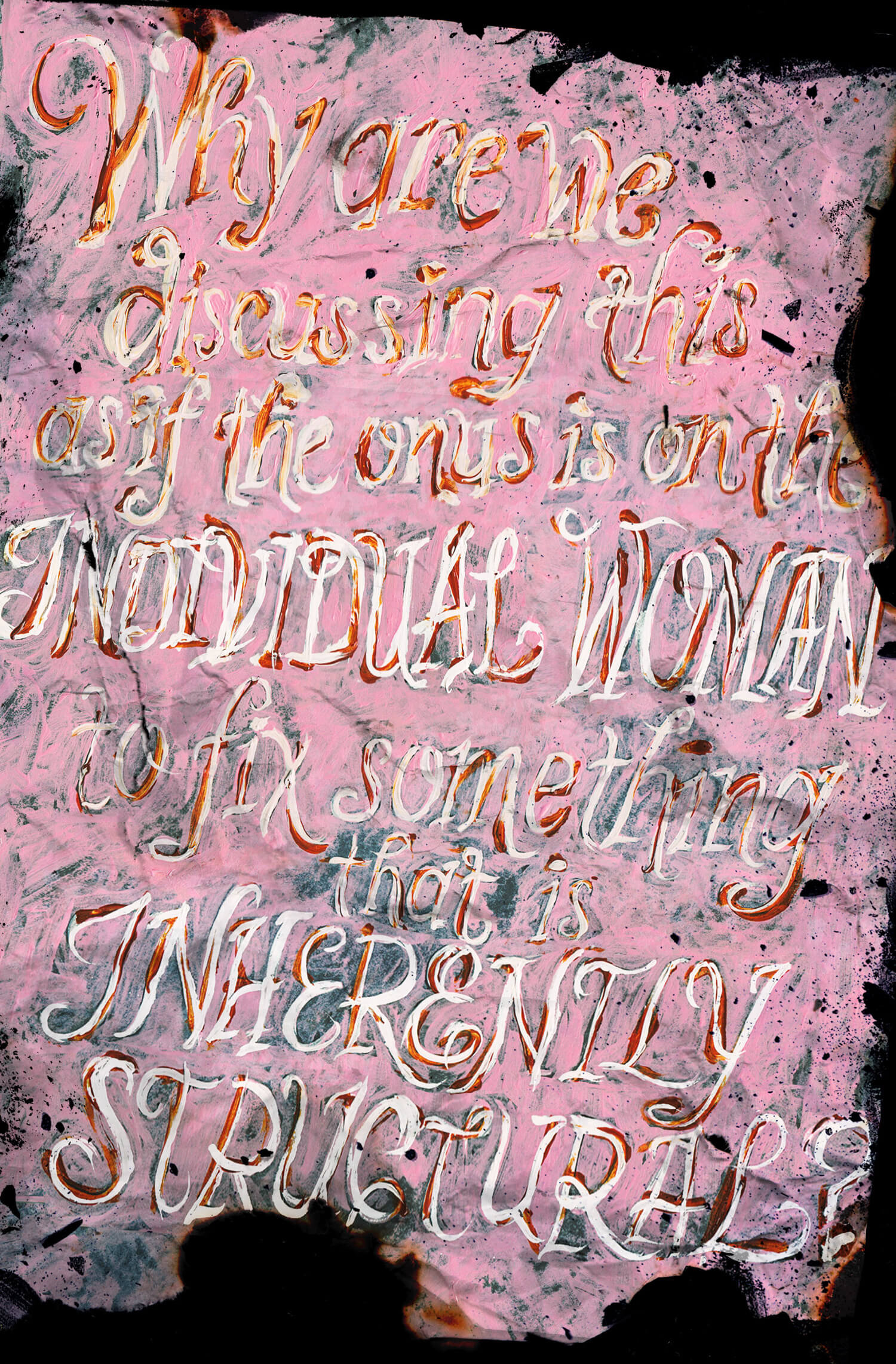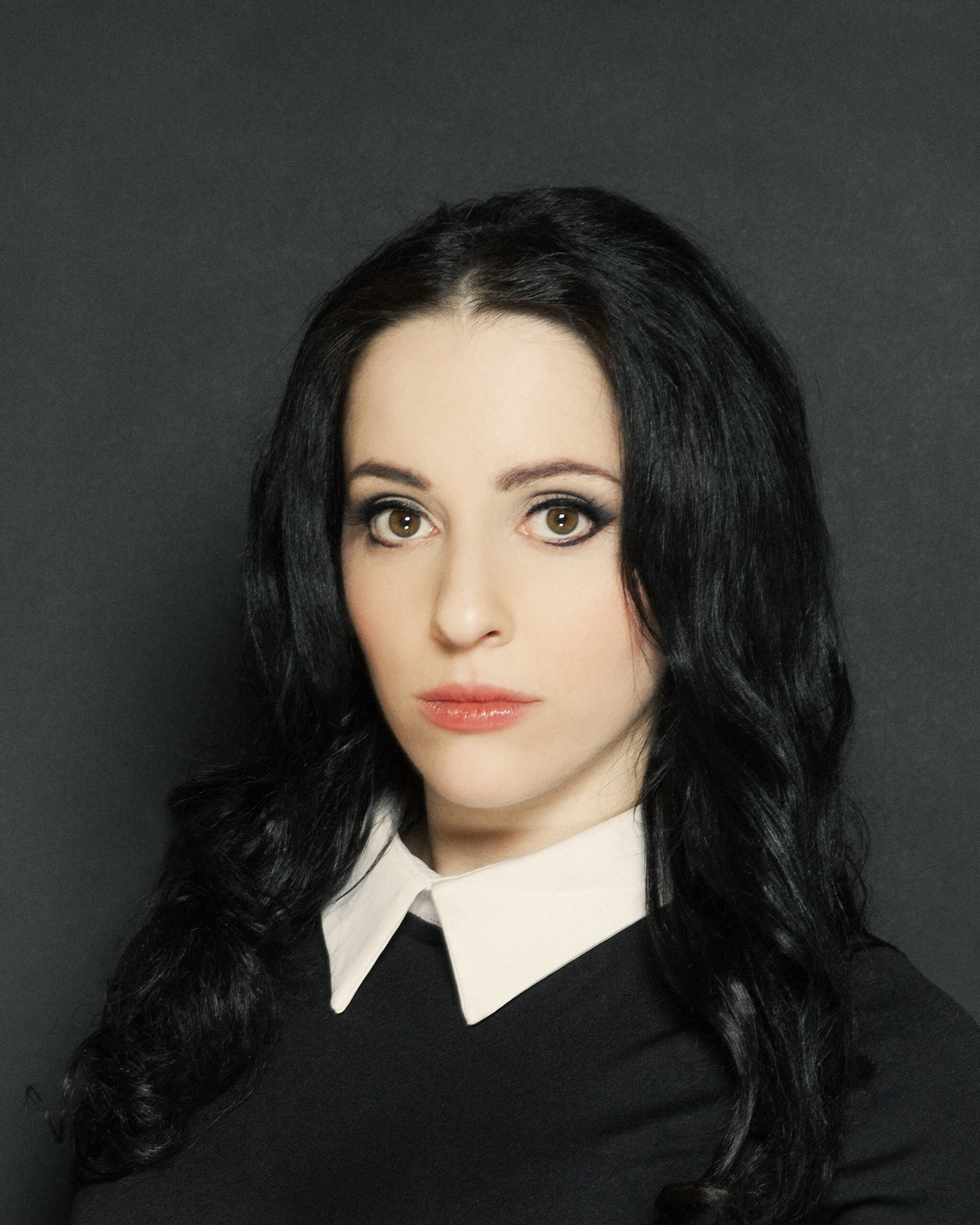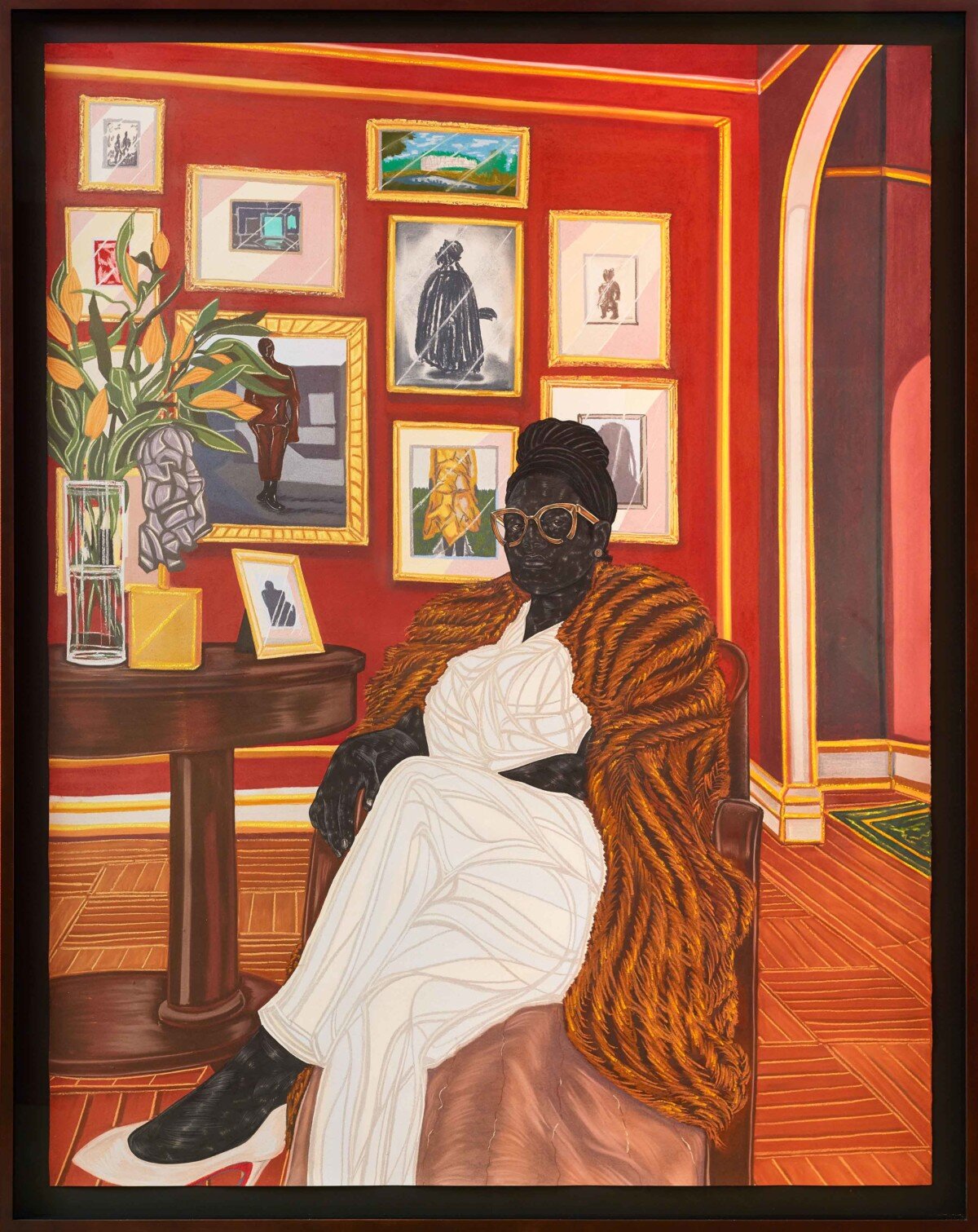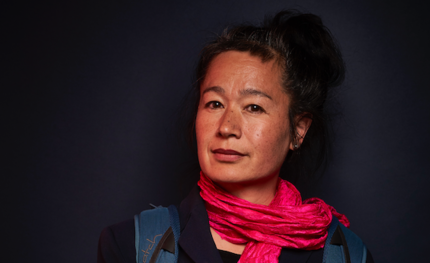The art world celebrated an extraordinary moment this week with the realization of a public art work sixty years in the making. On September 18th, the final wrapping of the iconic Arc de Triomphe in Central Paris took place under the guidance, vision, and posthumous direction of conceptual artists Christo and Jeanne-Claude. Born on the same day, dying a year apart, and married for 60 years, the artist couple spent a lifetime creating and executing some of the world’s most compelling large-scale artist installations. Most notably, Christo and Jeanne-Claude’s projects were often incredibly ambitious, controversial, and required years and sometimes decades to plan and see to final completion. One of their most famous works, Wrapped Reichstag (1995)—the complete wrapping of Germany’s parliament buildings in over 100,000 square metres of silver fabric—followed twenty-four years of planning, lobbying, and negotiation with the German government, and it was only following Germany’s reunification in 1990 that the art work was approved and helped symbolize Berlin’s return to its status as a world city (see images below).
And while the Wrapped Reichstag is seen by many as the duo’s most important artistic achievement, this week’s reveal (or conceal) of the wrapped Arc de Triomphe comes at a similar inflection point in recent global history. Reading the background to the project on Christo and Jeanne-Claude’s rich website (also an absolute must for those new to their art projects) one learns of the desire to wrap one of France’s most iconic structures as a direct engagement with the public, a way to transform and make the monument both sensual and tactile, to invite a new engagement with public space and history at the precise moment that the world is experiencing a realignment of perception in the wake of the global pandemic. As the New York Times reported, France’s President Macron spoke of the will to support artistic vision in his address, standing at the Arc de Triomphe this week: “I think that what we believe is this: crazy dreams must be possible.” The wrapping of a monument at once military, historical, artistic and a repository of national memory made French people “extraordinarily proud,” he suggested, “because this is what artistic adventure is all about.”
For me, the wrapping was also a beautiful final tribute to artists who have always refused to accept sponsorship or donors of any kind, including charging entry fees or tickets to view their works, to see their final projects to completion. Instead, the projects have always been funded entirely via the artists’ estate through the sale of preparatory drawings, sketches, and models of the planned art projects. This approach to art production has often been seen as utopic and/or impossibly naïve by many in the art world, but it is a testament to these two amazing artists who spent a lifetime doing what most people claimed would be impossible.
See below a LIVE VIEW of the wrapped Arc de Triomphe in the YouTube video below, and another showing the time-lapse capturing the final wrapping on September 18th. The project will remain in place until it is dismantled on October 3rd.









Understanding the onset of hot streaks across artistic, cultural, and scientific careers
Sohrab Hura: “You Can Destroy Photography by Being a Photographer”
'Life is Strange: True Colors' taps into the power of empathy in video games
Fall’s Best Art Books Present Art History Fresh Off the Presses
Hito Steyerl Rejects Top German Honor, Citing Country’s Pandemic Response




